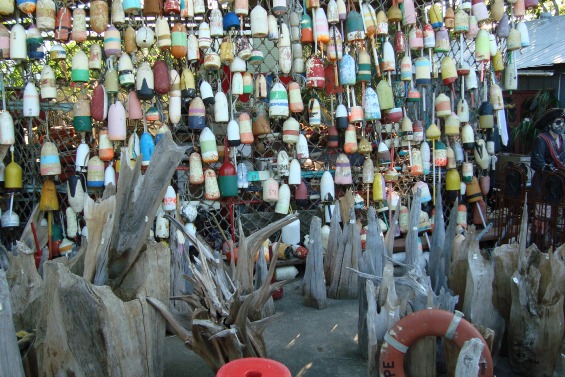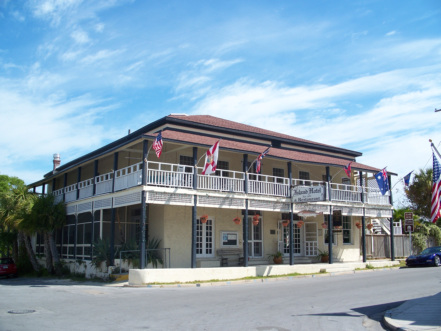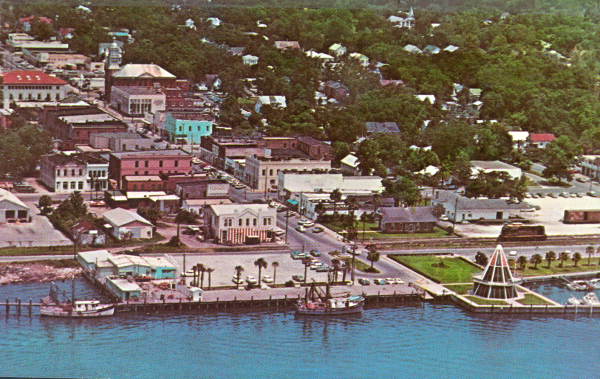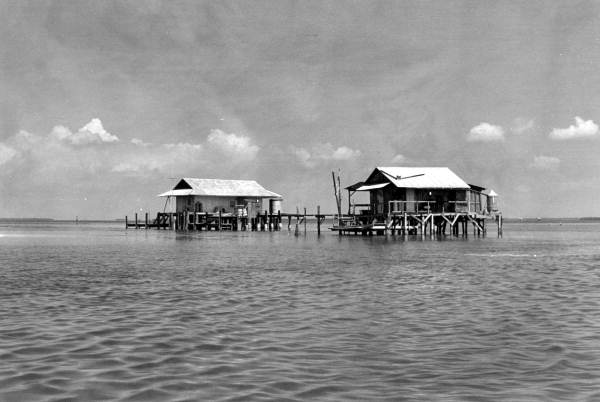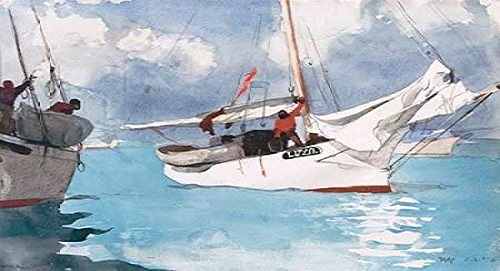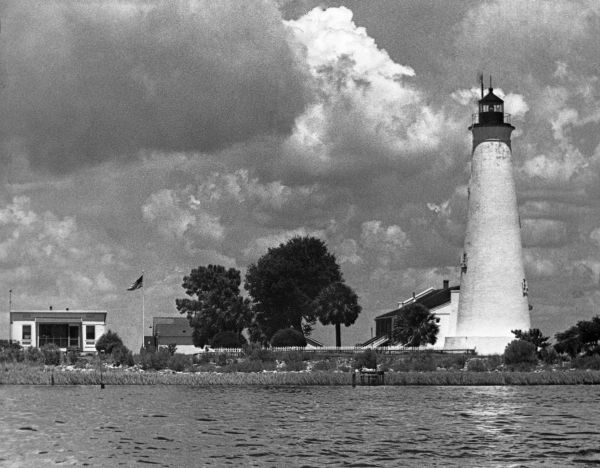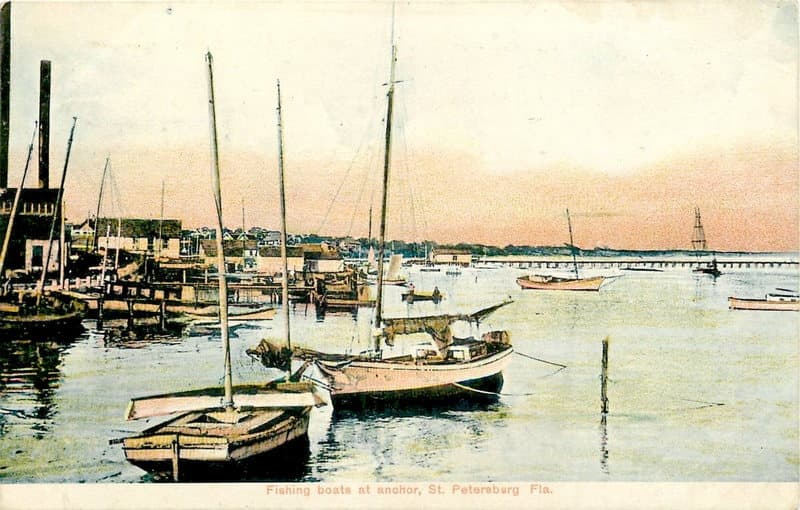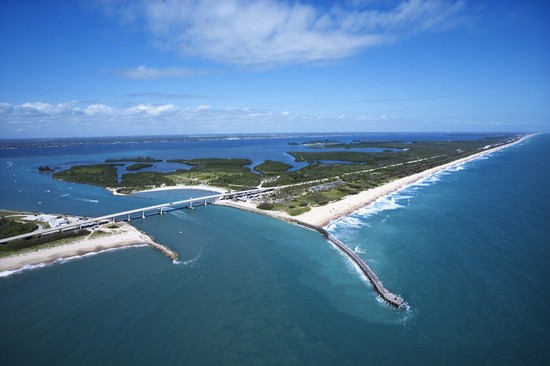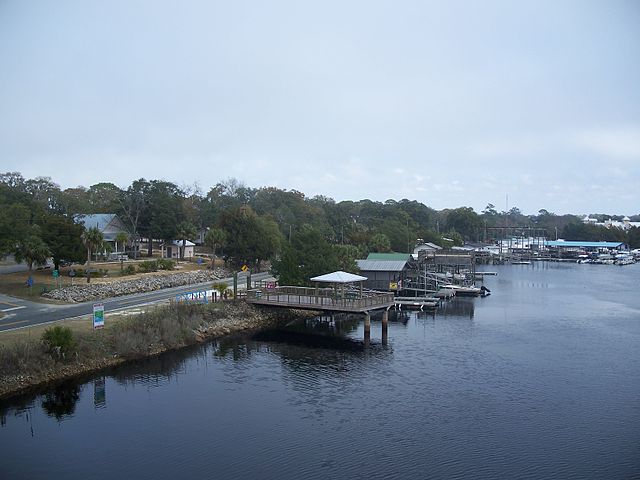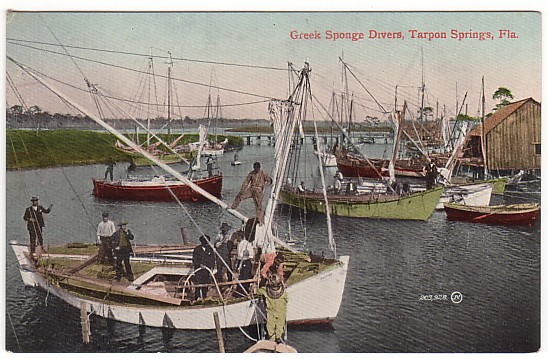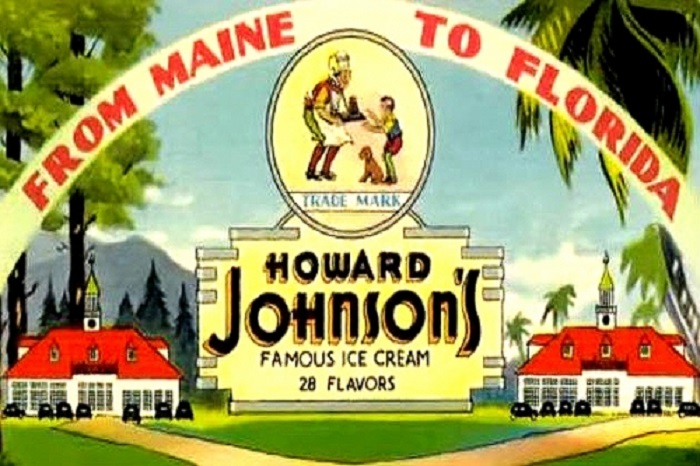- HOME
- Florida Towns
- Old Working Waterfront Towns
12 OLD FLORIDA
WORKING WATERFRONT TOWNS
By Mike Miller Updated October 6, 2024
Since earliest recorded history, Florida people have made their living from the waters that surround the state.
 A Day's Catch In Florida
A Day's Catch In FloridaFlorida has more than 1200 miles of coastline and the ocean is part of the state's history, heritage and economy.
Commercial fishing was an important industry in the 1800s and waterfront towns sprung up across the state.
Pioneers came by the thousands looking for riches in oysters, mullet, snapper and even sponges.
Many of these waterfront towns boomed and then busted and boomed again.
These days many of them are reinventing themselves with new industries, including tourism, and their waterfronts are healthier than ever.
The waterfront is a magnet to me and many others. It's where I gravitate to when visiting a waterfront town.
There are many such working waterfront towns in Florida.
Here are 12 of our favorites.
APALACHICOLA started out as a cotton shipping port. When that industry collapsed after the Civil War, it became a lumber shipping port.
When all the trees had been cut down, it looked to the abundant shallow waters of Apalachicola Bay and the Gulf of Mexico.
It soon became a huge oyster harvesting town that also has a sizable shrimp and scallop boat fleet.
CEDAR KEY was a major Florida port in the early days and shipped produce, cedar wood for pencils, and seafood.
A hurricane in 1896 just about destroyed the town, the timber was pretty much cut down, and most people moved to greener pastures.
Those that stayed turned Cedar Key into a working waterfront fishing town that now also has a nice tourist and sport fishing industry.
CORTEZ was originally settled in the late 1880s by mullet fisherman.
It is still one of the most reliable places in Florida to buy mullet for cooking at home or in any of the several nice seafood restaurants in town.
Cortez is located on a mainland peninsula along the busy causeway that connects Bradenton to Bradenton Beach.
It is one of the most authentic fishing villages in the state.
FERNANDINA BEACH was where Spanish immigrants in the 1700s introduced net fishing to the Sunshine State in the years when it wasn't even a state.
The early settlers caught mullet, sheepshead, crabs, trout, turtles, drum, oysters and menhaden that were nicknamed "pogies".
Fernandina evolved into one of the state's most productive shrimping centers.
It has a large working shrimp fleet that works the deep waters of the Atlantic Ocean.
FORT MYERS is the center of a fishing industry focused in Fort Myers Beach, Pine Island and the shallow waters around Captiva and Sanibel.
The Calusa Indians were the first fishermen in the area about 2500 B.C. The Spanish came on the scene with fish camps in the mid 1700s.
Mullet was an early staple, and fish houses were built on stilts in the waters around Pine Island.
Pink shrimp caught in the far out waters of the Gulf is the staple for the industry today with a large shrimp fleet located in Fort Myers Beach.
KEY WEST started out as a sponge fishing village in the 1850s and had a sponge fleet of 350 boats at the turn of the century.
Fungus wiped out the sponges, so the focus shifted to other sea dwellers like spiny lobster and grouper. Stone crabs also became an important item.
Today shrimp and sport fishing are the important industries sometimes hidden among the frantic tourist action that has become modern Key West.
PENSACOLA developed a fishing industry in the 1860s primarily in red snapper and grouper.
Today's commercial fishing activity is focused on tuna, dolphin, mackerel, snapper, grouper, mullet, oysters, clams, and shrimp.
Much of the fishing fleet ranges all over the Gulf of Mexico including waters off Mexico and the Dry Tortugas.
ST. MARKS is one of Florida's oldest fishing villages.
It started out as a cotton shipping port, evolved into a commercial and sport fishing harbor, and also became a port for handling petroleum products.
Today St. Marks is still a working fishing village that focuses on trapping blue crabs and stone crabs during season in the Gulf of Mexico.
ST PETERSBURG AND CLEARWATER were home to ancient Indian tribes who lived on area seafood as far back as 2500 B.C. There are many Indian mounds in the area made entirely of discarded shells.
As the area began to develop in the 1880s, the railroad came to town and that, along with new ice plants, helped the commercial fishing industry to take off.
St. Pete and Clearwater shipped large quantities of mackerel, snapper and other fish to cities in the Northeast.
SEBASTIAN began its commercial fishing enterprises in the mid 1890s when the railroad came to town and fish could be shipped up north.
Sebastian Inlet was built in the 1920s and opened the Atlantic Ocean to the fishermen of Sebastian. Dozens of fish houses were built along the shores of the Indian River Lagoon.
The fleet today catches king mackerel, grouper, flounder, snapper and claims.
STEINHATCHEE was settled by fishermen and farmers. It became a lumber town with the timber harvest being sent to sawmills in nearby Cedar Key.
Fishing slowly grew in importance, and by the 1930s Steinhatchee was a major sponge fishing village with a fleet ranging from 50 to 100 boats.
Disease killed off the sponges, so the focus shifted to trout, scallops, mullet, blue crabs and stone crabs.
Sport fishing is also an important industry in this small village.
TARPON SPRINGS was named after tarpon, a fish not good to eat but great for sport fishing.
The town started out as a turtle harvesting center until sponge beds were found offshore in the Gulf. This attracted Greek sponge divers who arrived in large numbers to the city in 1905.
The Greek immigrants were pioneers in helmeted diving and the sponge industry boomed.
Sponges are not as important in the local economy today, and fishing has shifted to grouper, mullet, shrimp and blue crabs.
Our Facebook page has more than 130,800 followers who love off the beaten path Florida: towns, tourist attractions, maps, lodging, food, festivals, scenic road trips, day trips, history, culture, nostalgia, and more.
By Mike Miller, Copyright 2009-2025
Florida-Back-Roads-Travel.com
Florida Back Roads Travel is not affiliated with or endorsed by Backroads, a California-based tour operator which arranges and conducts travel programs throughout the world.
